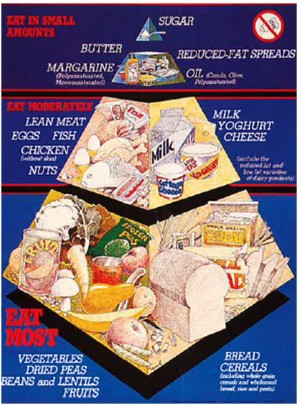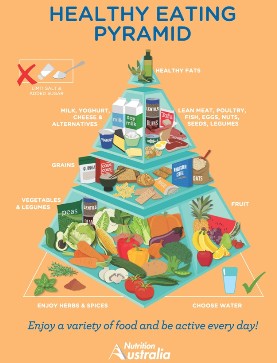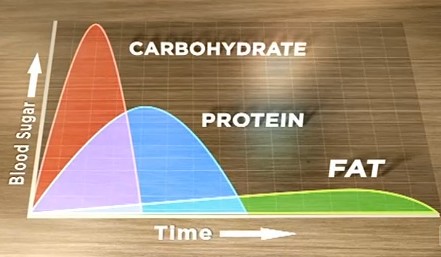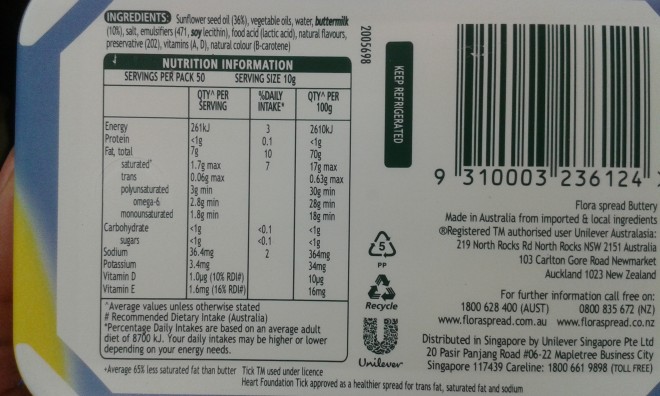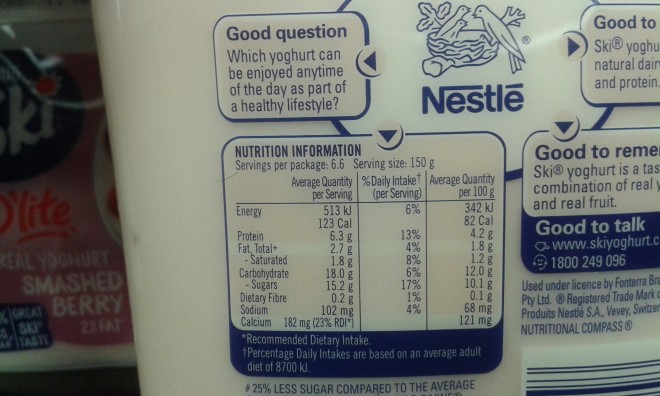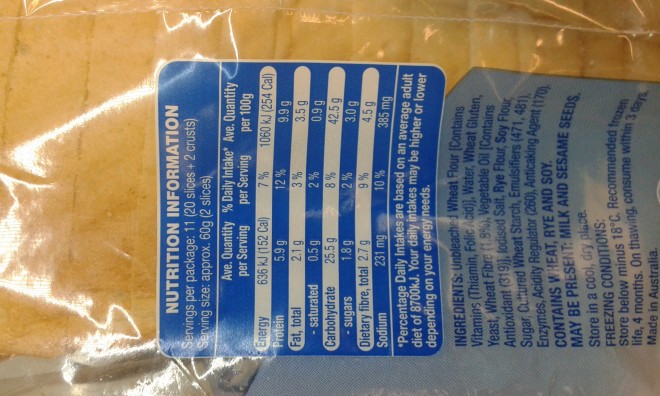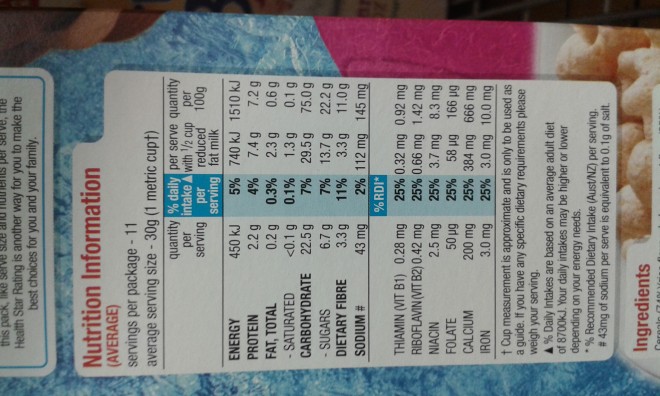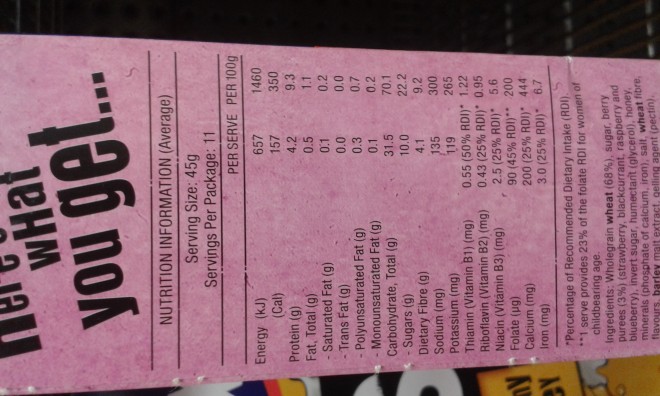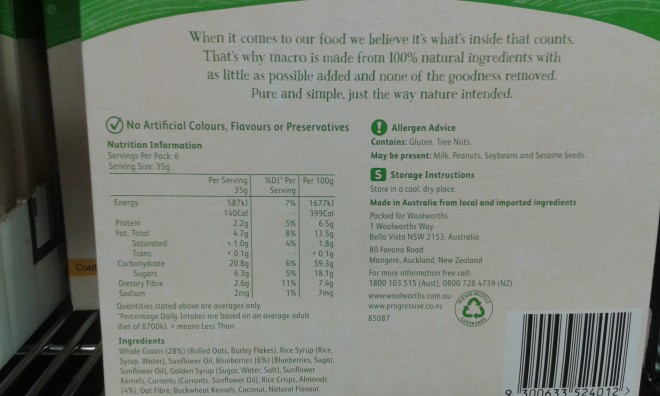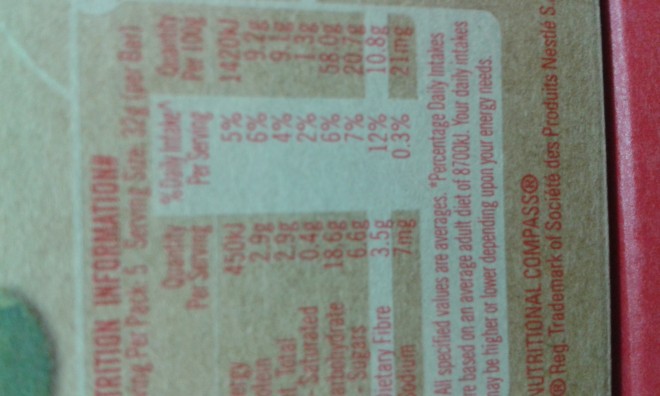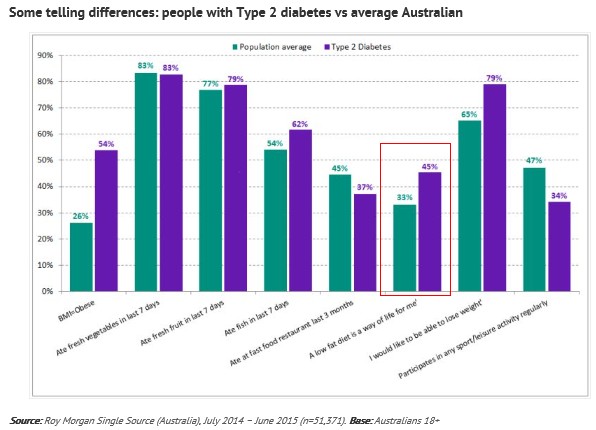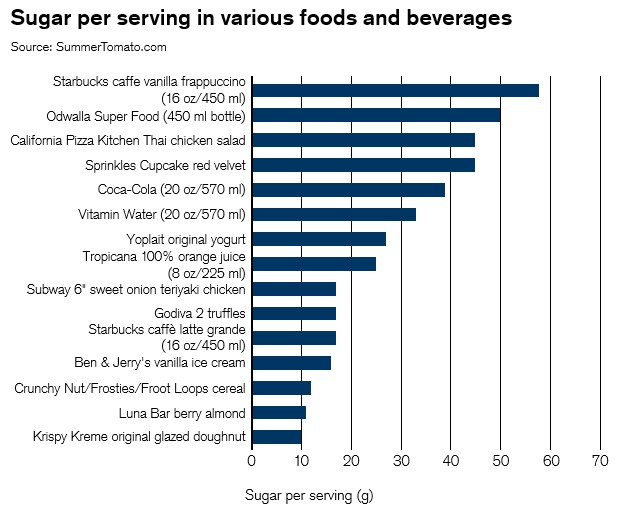The move, which would add about 20 cents to the supermarket price of a can of Coca-Cola, could lead to a fall in consumption of 12 per cent, according to research cited by the Greens.
An academic paper referenced by the Greens estimated a 20 per cent levy would reduce the number of new type 2 diabetes cases by about 800 a year...
In 25 years, there would be 4400 fewer prevalent cases of heart disease and 1100 fewer people living with the consequences of stroke, according to the paper.
"The sweetest part of this policy will be the longer-term benefits to Australians by reducing chronic disease and achieving better health outcomes," Senator Di Natale said...
It would apply to all water-based beverages with more than five grams of sugar per 100ml...
The independent Parliamentary Budget Office estimated the measure would raise $2 billion over four years, which Senator Di Natale said should be spent on public health and be accompanied by restrictions on junk-food advertising.Great policy. The incidence of "diabesity" (diabetes and obesity) is a growing issue in Australia, and a tax on sugary beverages is a good start.
Credit Suisse's October 2013 report, entitled Sugar: Consumption at a crossroads, showed clearly that Australia has one of the highest sugar consumption rates in the world, clocking in at more than double the world’s average sugar consumption:
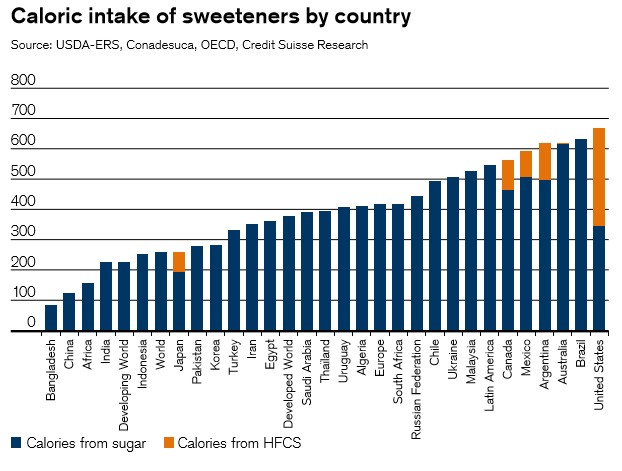
It also showed that Australia is one of the most obese nations on earth:
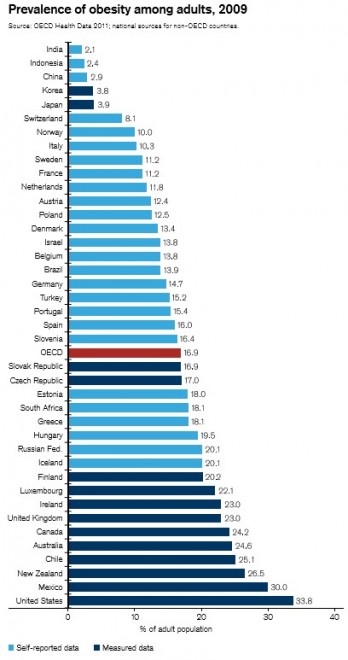
And that there is a direct link between sugar consumption and soaring health costs, with over 86% of doctors from around the world agreeing that sugar is linked to the development of obesity, type II diabetes, and non-alcoholic fatty liver:
Moreover, the costs of diabetes on our health systems is particularly high:
"Diabetes type II is now affecting close to 370 million people worldwide, with one in ten US adults affected by it. The costs to the global healthcare system are a staggering USD 470 billion according to the most recent estimates from the International Diabetes Federation, and represent over 10% of all healthcare costs. In the USA alone, the healthcare costs tied to diabetes type II are estimated at USD 140 billion, compared to USD 90 billion for tobacco-related healthcare costs. even more worrisome is that these numbers are growing at a rate of 4% a year, much faster than for obesity (1%–2%). By 2020, the annual cost to the healthcare system globally will reach USD 700 billion and the people affected will be close to 500 million..."
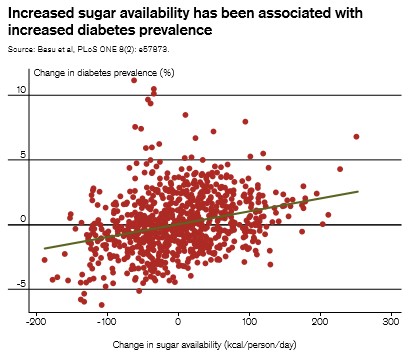
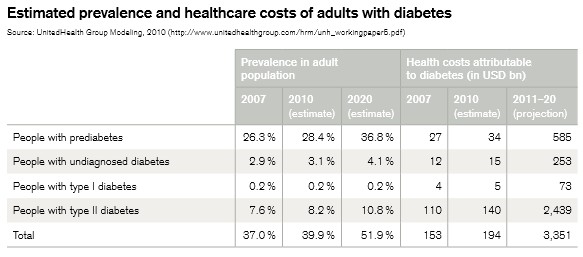
That said, there needs to be a complete overhaul of Australia's dietary guidelines, which too often wrongly preference sugar over natural saturated fats.
Consider the Government's Health Star Rating system and the National Heart Foundation Tick program, which are both fundamentally flawed. For example, how is it that reconstituted apple juice, which contains a whopping 26.8 grams of sugar per serve, receives a 5-star health rating?
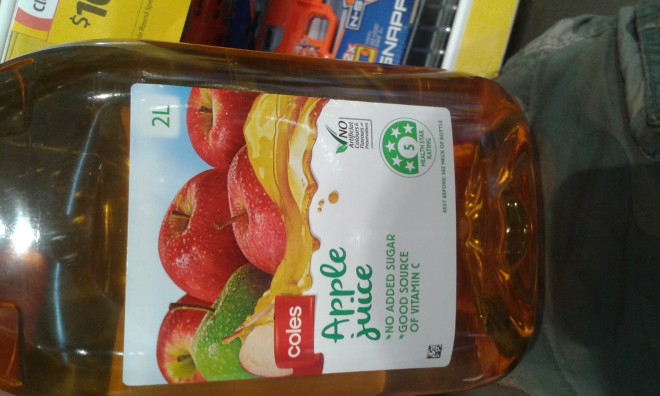
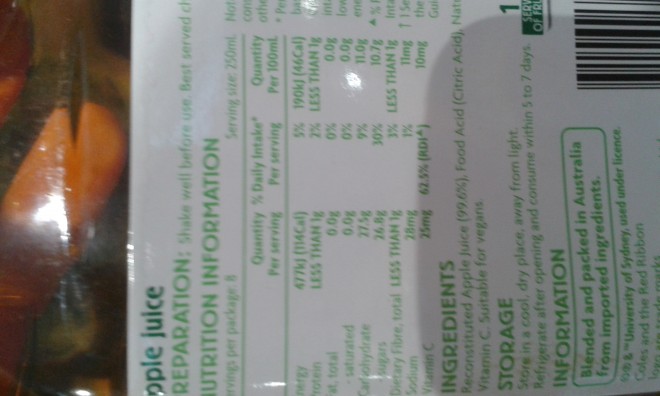
Similarly, how does a highly processed box of cereal, like the one shown below, receive a healthy 4-star rating and the Heart Foundation Tick despite containing 23.5% sugar?

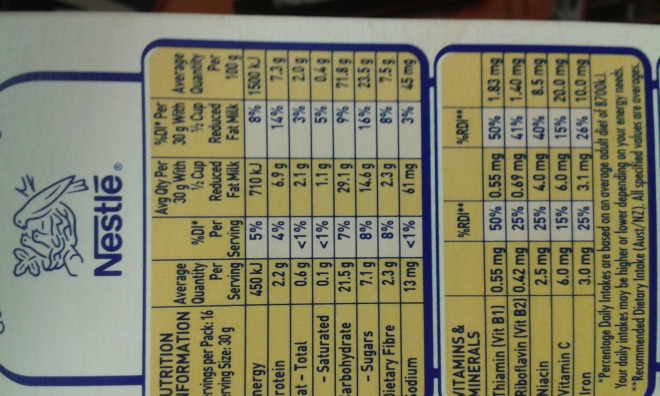
And how does a processed sugary chocolate-flavoured "Up and Go" milkshake, which contains 19.3 grams of sugar per serve, receive a healthy 4.5 star health rating?
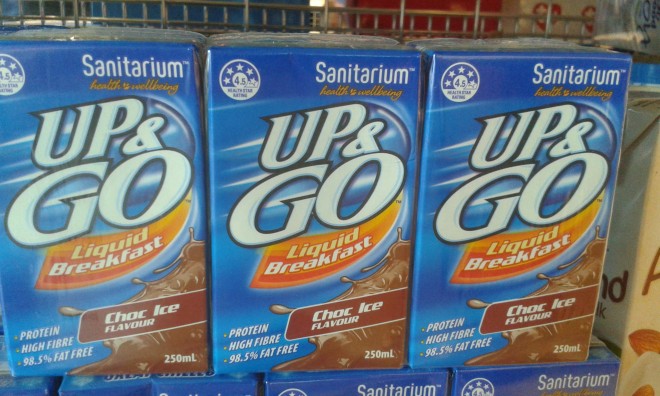
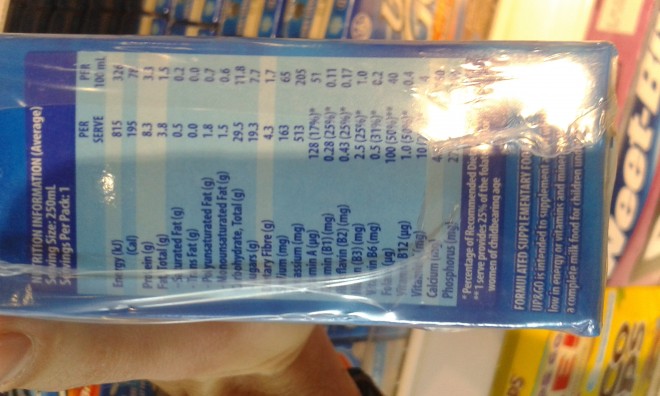
Whereas healthy saturated fats contained in extra virgin coconut oil - chock full of beneficial medium chain fatty acids (Triglycerides) - receives a poor half-star health rating:
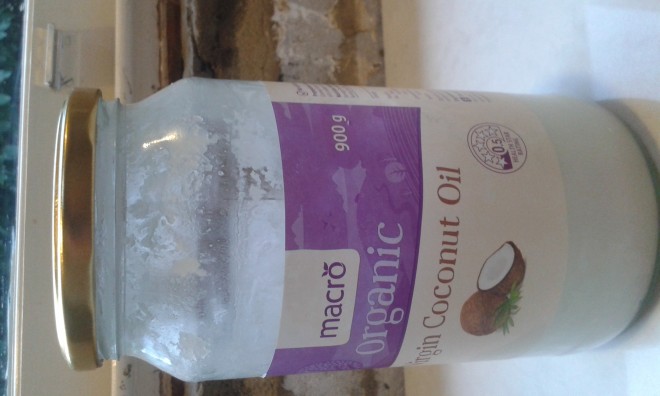
And natural and unprocessed full fat Greek-style yogurt receives a poor 1.5 star health rating:

Is there any wonder why sugar consumption is sky-high, and diabesity is a growing epidemic in Australia, when our nutritional science establishment continues to ignore the sugar elephant in the room while wrongly pinning the blame on saturated fats?
This article was first published on MacroBusiness.com.au

